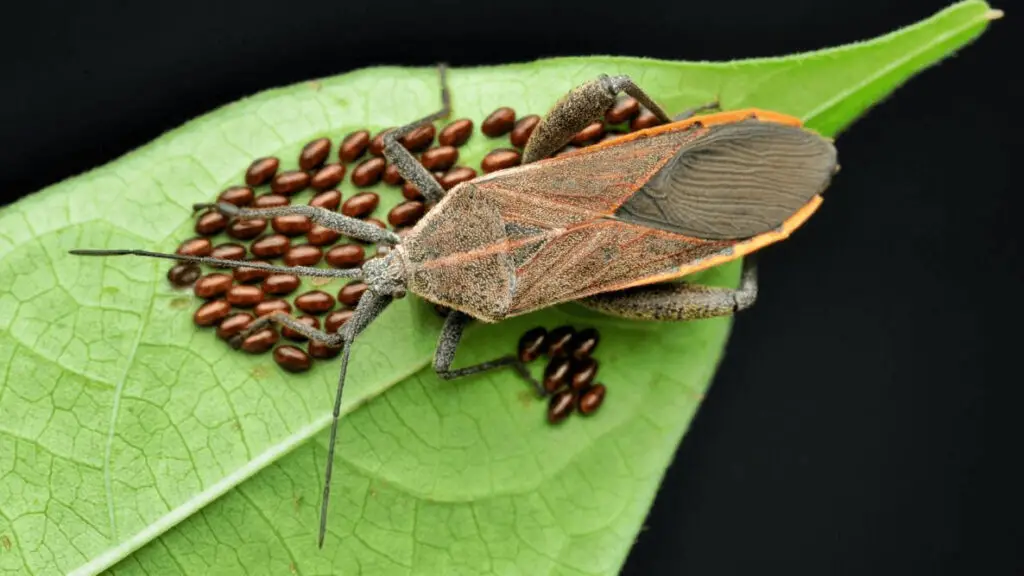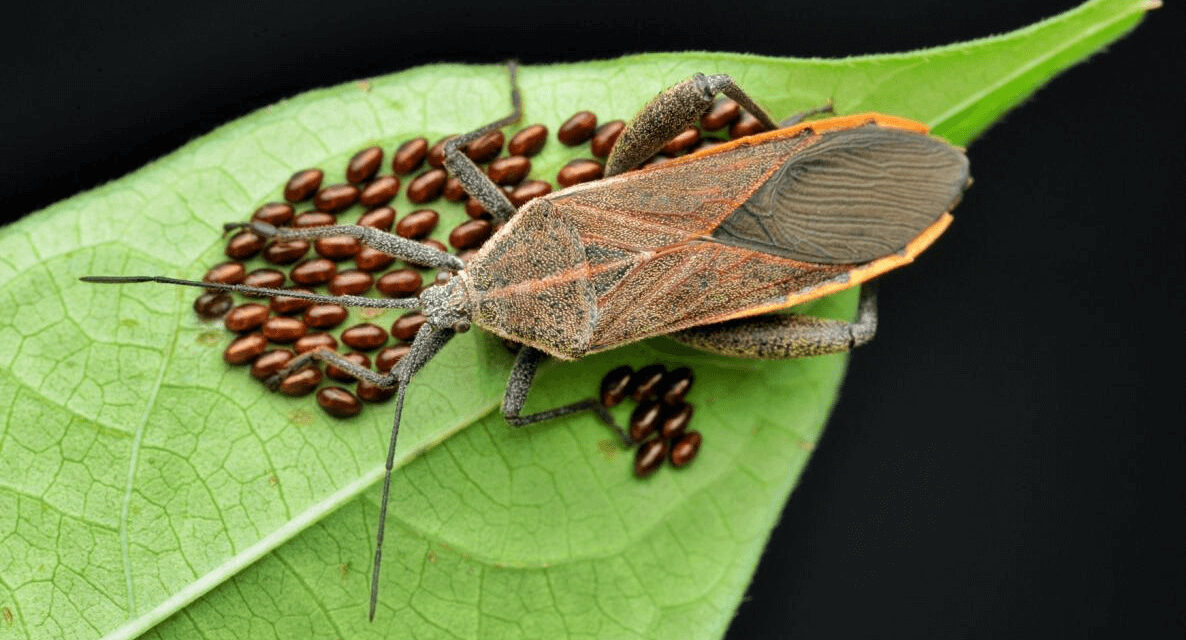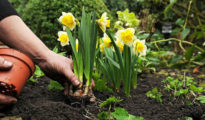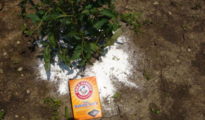Squash bugs are a common pest that can wreak havoc on your garden. These small, flat, brownish-grey insects feed on the leaves, stems, and fruits of squash plants, leading to stunted growth, reduced yields, and even plant death. If you're struggling with a squash bug infestation, don't despair! There are several steps you can take to get rid of these pesky bugs and protect your squash plants.
In this blog post, we'll explore some of the most effective methods for controlling squash bugs, including prevention, physical control, and organic and chemical treatments.

What Are Squash Bugs?
Squash bugs are a common garden pest that belong to the family Coreidae. These small, brownish-grey insects are roughly half an inch long and have a distinctive flat, shield-shaped body. They are commonly found in North America and feed on the leaves, stems, and fruits of plants in the cucurbit family, including squash, pumpkins, and cucumbers. Squash bugs have piercing-sucking mouthparts that allow them to suck the sap out of plant tissues, leading to stunted growth, wilted leaves, and reduced yields. In addition to the damage they cause through feeding, squash bugs can also transmit bacterial diseases that can further harm plants. Squash bugs can be a challenging pest to control, as they are prolific breeders and can quickly spread throughout a garden.
Preventing Squash Bugs
The best way to deal with squash bugs is to prevent them from infesting your garden in the first place. Here are some tips for preventing squash bugs:
- Plant Resistant Varieties: Some squash varieties are more resistant to squash bugs than others. Look for varieties that are labeled as “squash bug-resistant” or “tolerant” and plant them in your garden. Examples include ‘Butternut,' ‘Royal Acorn,' and ‘Sweet Cheese.'
- Rotate Crops: Squash bugs can overwinter in soil, so rotating your crops can help reduce their populations. Avoid planting squash in the same spot for more than two years in a row.
- Remove Debris: Squash bugs like to hide in debris, so keep your garden clean by removing dead leaves, vines, and other plant debris.
- Use Row Covers: Row covers are a lightweight fabric that can be used to cover your squash plants, creating a physical barrier that prevents squash bugs from accessing your plants.
Physical Control
If you already have squash bugs in your garden, you can try physical control methods to reduce their populations. Here are some options:
- Handpicking: Squash bugs are slow-moving, so they're relatively easy to catch by hand. Look for bugs on the undersides of leaves and in leaf axils (the point where the leaf meets the stem). Wear gloves to protect your hands from the bugs' unpleasant odor.
- Vacuuming: If you have a large infestation, you can use a vacuum cleaner to suck up the bugs. Be sure to dispose of the vacuum bag or contents in a sealed container.
- Traps: Squash bug traps use pheromones to attract the bugs, trapping them on sticky paper. Place the traps near your squash plants, but away from beneficial insects like bees.
Organic Treatments
If physical control methods aren't enough, you can try using organic treatments to control squash bugs. These treatments are safer for the environment and for beneficial insects than chemical treatments. Here are some organic options:
- Neem Oil: Neem oil is a natural insecticide that can be sprayed on squash plants to repel squash bugs. Be sure to spray the undersides of leaves where the bugs like to hide.
- Diatomaceous Earth: Diatomaceous earth is a powdery substance made from fossilized diatoms. It can be sprinkled on the soil around your plants to create a barrier that deters squash bugs.
- Companion Planting: Certain plants, such as marigolds, can be planted alongside your squash plants to repel squash bugs. This is known as companion planting.
Chemical Treatments
If all else fails, you may need to resort to chemical treatments to control squash bugs. However, be aware that these treatments can be harmful to beneficial insects like bees and butterflies, so use them sparingly and only as a last resort. Here are some options:
Insecticidal Soap: Insecticidal soap is a mild insecticide that can be sprayed on squash plants to kill squash bugs. Be sure to follow the instructions carefully, as too much soap can damage your plants.
Pyrethrin: Pyrethrin is a natural insecticide derived from chrysanthemum flowers. It can be sprayed on squash plants to kill squash bugs. Again, be sure to follow the instructions carefully.
Synthetic Insecticides: Synthetic insecticides like carbaryl and permethrin can be effective at controlling squash bugs, but they should only be used as a last resort. These chemicals can be harmful to beneficial insects and can also leave residue on your squash plants.
Remember to always follow the instructions carefully when using any chemical treatments, and use protective gear like gloves and a mask to avoid exposure.
Squash bugs can be a frustrating pest to deal with, but there are several effective methods for controlling their populations. By taking steps to prevent infestations, using physical control methods, and trying organic or chemical treatments as needed, you can protect your squash plants and enjoy a bountiful harvest. Remember to always read the instructions carefully when using any treatments, and be patient – it may take several weeks to see results. With persistence and diligence, you can get rid of squash bugs and keep your garden healthy and thriving.



















